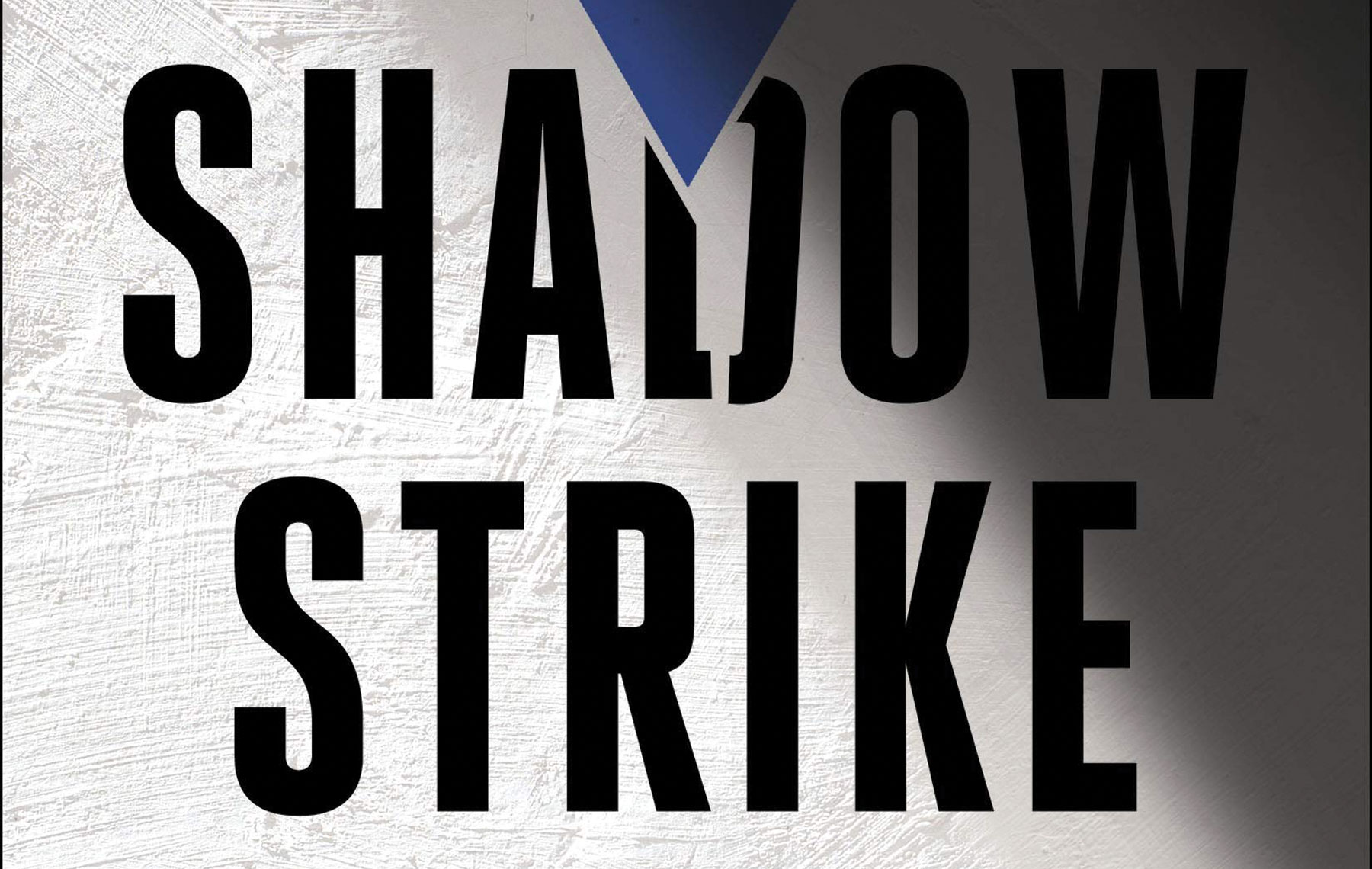
Much has been spoken and written in recent years about the prospect of a military strike to eliminate Iran’s nuclear capability, whether by the United States or Israel, or the two countries acting together. Now comes a book that is required reading for anyone who is contemplating such a daring and dangerous mission.
“Shadow Strike: Inside Israel’s Secret Mission to Eliminate Syrian Nuclear Power” by Yaakov Katz (St. Martin’s Press) reads like an international thriller, but it is actually a compelling factual day-by-day (and sometimes hour-by-hour) account of an incident of acute threat and decisive action by the Jewish state — the 2007 airstrike that destroyed a Syrian reactor and denied President Bashar al Assad a nuclear arsenal.
Katz, author of “The Weapon Wizards,” was the longtime military and defense reporter for The Jerusalem Post, the newspaper for which he is now editor-in-chief. He also served as an adviser to the minister of economy and the minister of Diaspora affairs in Israel. But the best evidence of his credentials can be found in the pages of “Shadow Strike,” where he describes the history and politics of Israel in extraordinarily intimate detail, naming names and describing encounters that took place behind closed doors.
Katz opens the book on the day in 2014 when ISIS captured a place in Syria called Deir ez-Zor, and he recalls that it was the site of a nuclear reactor that Israel had succeeded in destroying seven years earlier. If Israel had not acted, Katz insists, ISIS would have come into possession of radioactive materials and possibly even nuclear weapons. “Israel would have found itself living under an unimaginable threat, and ISIS would have come into possession of a nightmarish capability, morphing it from a ruthless terrorist group into an existential threat not just for Israel, but for the entire Western world,” he writes.
The story that Katz tells is heroic, but it never loses sight of both the geopolitical origins and strategic implications of Israel’s decision to take out the Syrian nuclear target. In early 2007, Israel detected the reactor when it was still under construction, using personnel and nuclear technology provided by North Korea, in a wadi in the Syrian desert — precisely the same existential threat that now looms so large in the Iranian nuclear program.
Prime Minister Ehud Olmert urged President George W. Bush to take the lead in destroying the Syrian reactor before it “went hot.” “I think this is a great opportunity for America and for you to send a signal to the Iranians that will not be missed,” Olmert told Bush, who was unpersuaded and preferred a diplomatic initiative before resorting to a military option. Olmert warned Vice President Dick Cheney that “if America didn’t act, Israel would,” as the author puts it.
“Shadow Strike” is a compelling factual account of an incident of acute threat and decisive action by the Jewish state — the 2007 airstrike that destroyed a Syrian reactor and denied Bashar al Assad a nuclear arsenal.
Olmert convened a meeting of Israel’s Security Cabinet, which included a key political adversary, defense minister Ehud Barak, a former chief of staff of the Israel Defense Forces (IDF) and, briefly, prime minister of Israel. The mission under discussion would be required to achieve two equally difficult goals: destroying the nuclear reactor beyond repair while creating a “deniability zone” that would allow Assad to forgo a retaliatory strike against Israel and “carry on after a strike as if nothing had happened.” Indeed, as it turned out, the attack on the Syrian reactor in 2007 “remained an operation that, for more than a decade, Israel would neither confirm nor deny.”
The preparations for the attack were highly sophisticated, as Katz reveals. An elite commando unit was sent into the Syrian desert to “get as close to the reactor as possible and return home with pictures and soil samples,” thus supplementing the images captured by spy satellites with facts on the ground. Israeli military intelligence and the Mossad “consulted with expert psychologists and psychoanalysts to try and predict what Assad would do after the bombing.” Katz reveals that a variety of approaches were considered, including both a ground attack and a large-scale aerial attack, but a decision was finally made only when Israeli Air Force (IAF) Commander Eliezer Shkedi scribbled a new approach on a napkin — a “quiet” operation that would require only “a handful of aircraft.”
The operational details are described in a few breathless pages. Eight fighter-bombers, carrying “around” 20 tons of bombs, managed to penetrate Syrian air space without detection and destroyed the target “beyond repair,” and returned to base without engaging the Syrian air force. The code name bestowed on the operation by the IDF was, tellingly, “Soft Melody.” The code word for the “mission accomplished” message that was sent back to the IAF control center was “Arizona.” Four hours after takeoff, all of the warplanes were back at their airbases in Israel.
The reason for the author’s discretion hangs over every page of “Shadow Strike” — can Israel do it again in order to prevent Iran from acquiring a nuclear arsenal? Not until the closing pages of the book does Katz offer an answer: “This book shows how, if needed, it can still be done,” he concludes. “What happened in 2007 is a playbook for how one country neutralized an existential threat.” But I think that it
will take yet another book to explore the differences between the world in 2007 and the world today, and the differences between Syria and Iran, before the case is made.
Jonathan Kirsch, author and publishing attorney, is the book editor of the Jewish Journal.






















 More news and opinions than at a Shabbat dinner, right in your inbox.
More news and opinions than at a Shabbat dinner, right in your inbox.